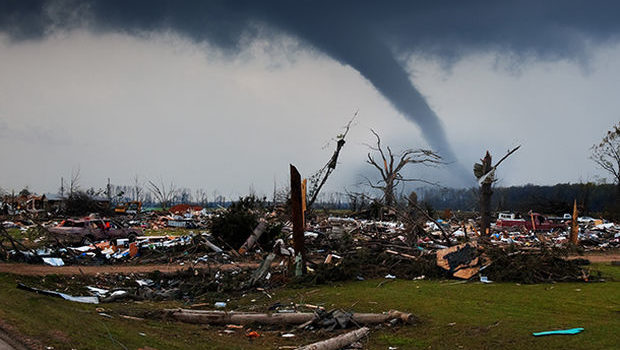
6 Critical Steps All Homeowners Should Take for Disaster Preparedness
6 Critical Steps All Homeowners Should Take for Disaster Preparedness
NEWS Don’t wait until it’s too late. Learn from a national leader in disaster recovery how best to prepare your home for whatever may come.
Zack Rosenburg
Zack Rosenburg
Co-Founder & CEO, SBP
6 Critical Steps All Homeowners Should Take for Disaster Preparedness
Disasters today are occurring more frequently, causing more damage and happening in places with no prior history of them. They are no longer reserved for places like “Tornado Alley” or the Eastern Seaboard during Hurricane Season. In the past two years alone, we’ve seen “1,000-year floods” in South Carolina, West Virginia, Texas and Baton Rouge, Louisiana. From 2007 to 2013, nearly 80 percent of Americans — 243 million people — lived in a county which had been included in at least one federally declared disaster during that time period.
At SBP, a national, long-term disaster recovery nonprofit organization founded in New Orleans six months after Hurricane Katrina, we’ve seen the enormous human toll that a prolonged, unpredictable disaster recovery process can take on homeowners, their families, finances, health and emotional stability. That is why preparedness is crucial for homeowners. Being prepared — by understanding your risks, having the right insurance, storing financial documents properly and knowing how to file an insurance claim — can mean the difference between a prompt, efficient and predictable recovery and staring into the abyss of uncertainty and frustration.
To help homeowners become more resilient in the face of increasing disasters, SBP has compiled a set of preparedness resources and checklists to ensure homeowners are protected should the worst occur. We also have a series of easy-to-follow post-disaster guides to help homeowners make smart decisions after disasters strike.
To get started, here are six crucial steps all homeowners should take.
1. Know your risks, especially for flooding
Whether major disasters like hurricanes or more common risks like kitchen fires or break-ins, every homeowner faces some level of risk to family and property. Every home is located in a categorized flood zone. Knowing what these risks are is the first step to planning for them.
2. Have a family emergency plan and disaster supplies kit
In the event of an emergency, it’s critical to know where to go (evacuate or shelter in place) and how to get in touch with loved ones. Have the essentials on hand to get through a minimum of 72 hours, including for any special medical or family needs.
3. Organize and have access to important documents
Have identification papers, ownership records, financial and legal documents, and medical records accessible, both for carrying out normal daily activities and in the event of the need to file an insurance claim or apply for disaster assistance. Physical records should be protected at home in waterproof (and, ideally, fireproof) storage, with copies accessible outside the home, such as in secure cloud based storage or a flashdrive kept at work or a bank safe.
4. Have an inventory of property and possessions
Take photos of and keep receipts for high value items. Store this safely — a cloud based solution is ideal — with other important documents and update annually.
5. Get proper insurance coverage
Make sure there is adequate coverage for the home structure and contents (including items that may require separate endorsements, such as jewelry or artwork) and replacement cost coverage (for some, market value-based coverage isn’t enough to cover replacement). Also, be familiar with the insurance company’s process for filing a claim. It’s important to know that flooding is not covered by homeowners insurance and requires a separate flood insurance policy.
6. Take steps to physically protect the home
Safeguard your family, home and possessions against damage and loss with: regular inspections and maintenance to keep structure, systems and appliances in good working order; plans to secure the home in different emergency situations (such as installing storm shutters, laying sandbags, or shutting off utilities); and storm-resistant building and retrofitting practices (such as sealing roof deck seams and installing hurricane straps in the roof).
ZACK ROSENBURG, CO-FOUNDER & CEO, SBP, editorial@mediaplanet.com


